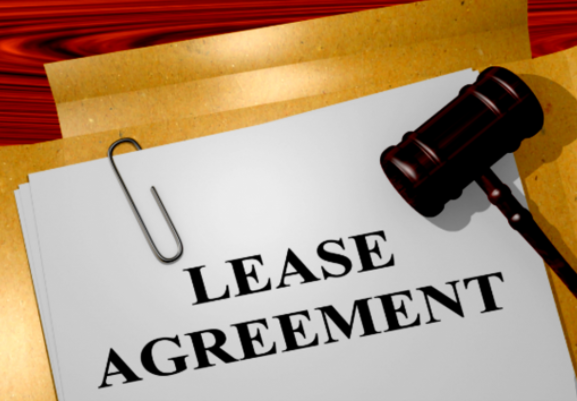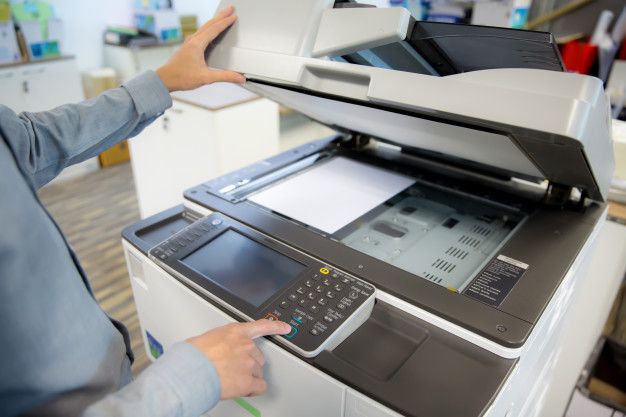
Leasing practices are changing. And these changes started last year for public entities and this year for all others, it is best to know what the changes will be and how you can prepare. Currently, office equipment leasing transactions are usually implemented as one of two options: capital leases and operating leases.
Types of leases
FMV or operating leases are treated as a rental. Your lease payments are an expense and the asset stays off your balance sheet. At the end of the lease, there is usually a purchase option to exercise the fair market value determined by the leasing company at the end of the lease, not at the beginning. This treatment allows your copier company to come back to you at the end of the lease and say that it is time to refresh all of your copiers as they control the assets and can determine their disposition, including the purchase price should you decide that you want to keep them and just continue maintenance.
Dollar buyout or capital leases are structured more like a loan, the asset is treated as owned by the lessee so it must appear on your balance sheet. This type of lease is really an extended purchase option since you are paying off the asset during the life of the lease agreement.
Most organizations in the past have opted for an operating or FMV lease to avoid having to recognize the liability on their balance sheet. This kind of lease gives more control to the lessor if the lease needs to be an operational expense. This type of requirement is being driven by finance to drive better balance sheet metrics. There is very little difference in the monthly payment between the two options.
New practices with leases
The new practices will change the name of Capital lease to Finance lease, with both Capital and Operating leases being shown on your balance sheet for any terms greater than one year. Both types of leases will ultimately end up on your balance sheet as a liability.
This holds the question, why would you not pay a few dollars more per month and make all leases a finance lease since it has to be on your balance sheet anyway. Then you have the option to not replace your copier at the end of the lease, and simply run it a few more years without a lease payment. Your copier vendor most likely does not offer this option as it hurts their refresh sales opportunity.
There are local leasing companies that do not push their clients into a one-sided lease agreement. They openly and transparently explain the difference and will advise the proper approach. For instance, they may see many non-profits with an operating lease or FMV lease because they shopped the lowest bid monthly payment. The non-profit ends up paying more in property tax even though they are not tax-exempt due to the capital lease structure.
Additionally, there will be no more bundling of service. All leased and non-leased components to be separated. This means that you will no longer be able to roll your lease payments and maintenance agreement payments into one charge. If you have this type of bundled agreement, you will need to contact your provider to separate these amounts by the deadline.
If you wish to lease a copier, you can contact your local leasing company for details. You can talk to them about payment options and details about the copiers for the lease. For example, if you need a copier in Dallas, you can contact Dallas (972) 525-0888. They can help you with copier lease in Dallas, copier repair in Dallas, and copier rental in Dallas.





